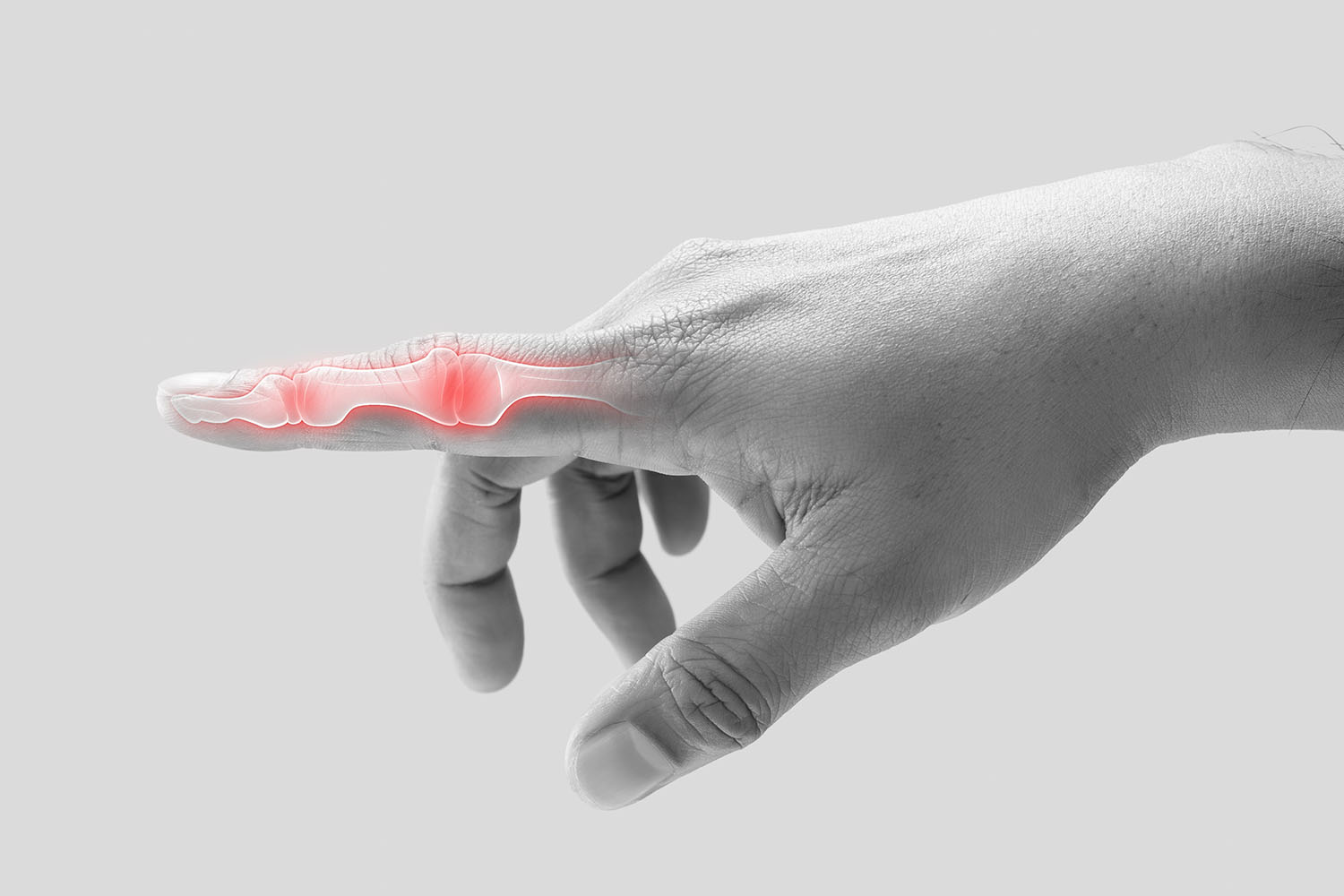Overview
Finger Picture, commonly known as fingerprinting, is not only a cornerstone of forensic science but also a fascinating subject of international research and innovation. This unique method of identification has evolved from its humble beginnings to a sophisticated tool used worldwide for various applications, ranging from security to personal identification.
The Origin and Evolution of Finger Picture
The practice of using fingerprints for identification dates back to ancient civilizations. Archaeological evidence suggests that fingerprints were used on clay tablets for business transactions in ancient Babylon around 2000 B.C. However, the modern use of Finger Picture began in the 19th century. Sir William Herschel, a British colonial administrator in India, was one of the first to use fingerprints to prevent fraud in the 1850s.
Dr. Henry Faulds, a Scottish physician, contributed significantly by discovering that fingerprints could be used for criminal identification. His work laid the foundation for modern forensic science. In 1892, Sir Francis Galton, a cousin of Charles Darwin, published a book establishing that no two fingerprints are alike, thus cementing Finger Picture as a reliable identification method.
The Science Behind Finger Picture
Each fingerprint is unique due to the complex patterns formed by ridges and valleys on the skin’s surface. These patterns are classified into three main types: loops, whorls, and arches. The uniqueness of fingerprints arises from the intricate interplay of genetic and environmental factors during fetal development.
Research has shown that even identical twins, who share the same genetic makeup, have different fingerprints. This uniqueness is due to the random variations in the skin’s growth environment during gestation. The permanence of fingerprints, which do not change over a person’s lifetime, makes them an invaluable tool for identification.
International Research and Advances
International research in the field of Finger Picture is continuously advancing. Recent studies focus on improving the accuracy and efficiency of fingerprint recognition systems. Innovations in artificial intelligence (AI) and machine learning are enhancing the capability to analyze and match fingerprints rapidly and accurately.
For instance, researchers in Japan have developed ultra-thin sensors that can capture high-resolution fingerprints. These sensors are flexible and can be integrated into various devices, enhancing the usability of fingerprint recognition technology. In the United States, the National Institute of Standards and Technology (NIST) is working on improving the standards and methodologies for fingerprint analysis, ensuring that forensic practices keep pace with technological advancements.
Applications of Finger Picture
The applications of Finger Picture extend beyond forensic science. In the realm of security, fingerprint recognition is widely used in smartphones, laptops, and biometric passports, providing a secure and convenient way to verify identity. In healthcare, fingerprints are used for patient identification, ensuring that medical records are accurately linked to the correct individual.
The financial industry also leverages fingerprint technology for secure transactions. In countries like India, the Aadhaar system uses fingerprints to provide unique identification for over a billion citizens, facilitating access to various government services and subsidies.
Ethical Considerations
While the use of Finger Picture offers numerous benefits, it also raises ethical concerns related to privacy and data security. Ensuring that fingerprint data is protected against misuse and breaches is paramount. International guidelines and regulations, such as the General Data Protection Regulation (GDPR) in Europe, aim to safeguard biometric data and maintain public trust in these technologies.
The journey of Finger Picture from ancient practices to cutting-edge technology highlights its enduring value as a reliable method of identification. As international research continues to push the boundaries of what is possible, the applications of fingerprinting will undoubtedly expand, offering new solutions to age-old challenges. The art and science of Finger Picture not only safeguard our identities but also pave the way for a future where security and convenience go hand in hand.



